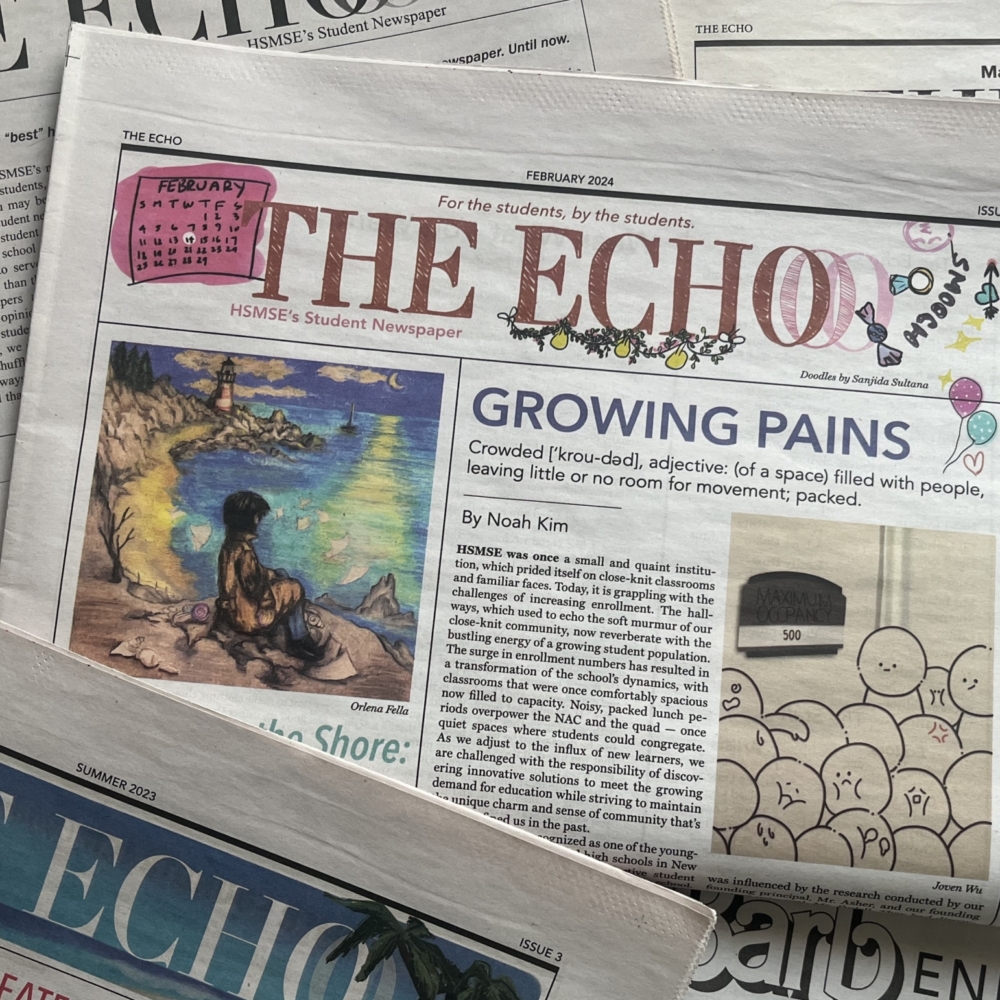The Ultimate Guide To News Articles
The Ultimate Guide To News Articles
Blog Article
The 7-Second Trick For News Articles
Table of ContentsSome Known Questions About News Articles.Some Known Details About News Articles 10 Simple Techniques For News ArticlesNews Articles Things To Know Before You Get This6 Easy Facts About News Articles Explained
Excellent knowledge of various subjects provides trainees an one-upmanship over their peers. Even though digital and social media sites are easily accessible, we ought to not fail to remember how vital it is to check out the newspapers. Parents need to attempt and inculcate the behavior of reviewing a newspaper as a daily routine to proceed the heritage of the adored print tool.Information tales additionally contain at the very least one of the adhering to vital characteristics family member to the intended audience: proximity, importance, timeliness, human rate of interest, peculiarity, or effect.
Within these limits, news stories additionally intend to be thorough. Nevertheless, other elements are included, some stylistic and some stemmed from the media type. Amongst the larger and a lot more highly regarded papers, justness and balance is a significant factor in providing info. Discourse is typically constrained to a separate area, though each paper might have a different general slant.
Newspapers with a global target market, for example, have a tendency to utilize a more official style of composing. News Articles.; usual style overviews include the and the US News Style Publication.
The Definitive Guide to News Articles
As a regulation, journalists will certainly not utilize a long word when a brief one will certainly do. They make use of subject-verb-object building and vivid, energetic prose (see Grammar). They provide anecdotes, instances and allegories, and they hardly ever rely on generalizations or abstract concepts. Information authors attempt to avoid making use of the same word a lot more than when in a paragraph (occasionally called an "resemble" or "word mirror").
Headlines often leave out the topic (e.g., "Jumps From Boat, Catches in Wheel") or verb (e.g., "Pet cat female fortunate"). A subhead (also subhed, sub-headline, subheading, subtitle, deck or dek) can be either a subordinate title under the major heading, or the heading of a subsection of the article. It is a heading that precedes the major message, or a group of paragraphs of the main message.

Additional signboards of any of these kinds might appear later in the write-up (specifically on succeeding pages) to entice more reading. Such signboards are also used as reminders to the post in various other sections of the publication or website, or as advertisements for the item in other publication or sites. Common structure with title, lead paragraph (recap in vibrant), other paragraphs you can try this out (information) and call details.

Instance of a hard-lead paragraph NASA is suggesting another space task. The agency's spending plan demand, announced today, consisted of a strategy to send another objective to the Moon. This time the company wishes to develop a long-lasting facility as a jumping-off place for other room experiences. The spending plan demands around $10 billion for the project.
An "off-lead" is the second most crucial front page news of the day. To "hide the lead" is to start the article with background details or details of additional significance to the viewers, forcing them to check out more deeply right into an article than they need to have to in order to uncover the crucial factors.
All About News Articles
Common use is that or more sentences each form their own paragraph. Reporters generally explain the company or framework of an information tale as an upside down pyramid. The vital and most fascinating components of a tale are placed at the start, with sustaining details following in order of decreasing relevance.
It enables individuals to discover a subject to just the depth that their interest takes them, and without the charge of details or nuances that they might consider pointless, however still making that details available to a lot more interested viewers. The inverted pyramid structure likewise enables articles to be trimmed to any type of approximate length during design, to fit in the space offered.
Some writers start their stories with the "1-2-3 lead", yet there are many type of lead readily available. This layout usually begins with a "5 Ws" opening up paragraph (as defined above), followed by an indirect quote that offers to sustain a significant component of the very first paragraph, and after that a straight quote to sustain the indirect quote. [] A kicker can describe multiple points: The last tale current program; a "delighted" tale to end the program.
Longer articles, such as magazine cover short articles and the items that lead the within areas of weblink a paper, are referred to as. Function tales vary from straight information in several methods. Foremost is the lack of a straight-news lead, many of the moment. Rather than providing the significance of a tale in advance, attribute writers may attempt to lure viewers in.
News Articles Things To Know Before You Get This
The journalist often information communications with interview topics, making the piece much more individual. A function's initial paragraphs frequently connect an intriguing moment or occasion, as in an "anecdotal lead". From the details of an individual or episode, its view rapidly widens to generalities concerning the tale's subject. The area that signifies what an attribute has to do with is called the look at this site or signboard.

The Editor's Toolbox: A Reference Overview for Beginners and Professionals (2001) Allan M. Siegal and William G. Connolly. The New York City Times Manual of Design and Use: The Official Style Overview Made Use Of by the Writers and Editors of the World's Many Authoritative Paper (2002) M. L. Stein, Susan Paterno, and R.
Report this page